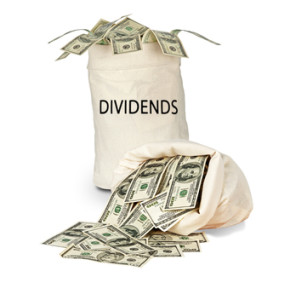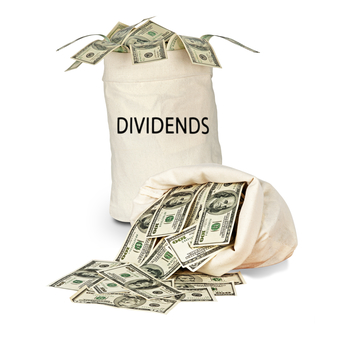 The stock market offers huge challenges to investors both new and experienced, but the rewards are just as significant. There are no excuses for ignorance, however, and if you misstep due to a dearth of knowledge or current information, you are the only one who will suffer. One of the best ways to guarantee your success is through investing in dividend stocks. It’s well known as a safe, reliable method. Basically, you’re investing in a company’s earnings and the returns on those earnings, making it a slow, steady climb in well researched cases. According to recent studies, fully 40% of the market’s entire returns over the last 80+ years come from the world of dividends. But that consistency comes with some caveats. Here are five things you should know about investing in dividend stocks.
The stock market offers huge challenges to investors both new and experienced, but the rewards are just as significant. There are no excuses for ignorance, however, and if you misstep due to a dearth of knowledge or current information, you are the only one who will suffer. One of the best ways to guarantee your success is through investing in dividend stocks. It’s well known as a safe, reliable method. Basically, you’re investing in a company’s earnings and the returns on those earnings, making it a slow, steady climb in well researched cases. According to recent studies, fully 40% of the market’s entire returns over the last 80+ years come from the world of dividends. But that consistency comes with some caveats. Here are five things you should know about investing in dividend stocks.
First of all, never chase a company’s dividend. Companies announce their quarterly dividends for a number of reasons. In some cases they are looking to boost their investor numbers and increase the short term share price. But over the long haul, these dividend investments will crater. So make sure that the numbers are based in reality. Does the company in question have a large enough profit that it can cover the projected dividends? Is their growth rate strong and consistent? Don’t let your personal love for a brand get in the way of a sober analysis of the facts.
The best way to insure all is aboveboard is to check out the company’s record over the long term. You’ll want to avoid peaks and valleys and choose a company that has shown a gradual increase in dividends over years, and even over a period of decades. You can find a list of companies like this online, many of whom have been posting a steady dividend increase for twenty-five years or more. You’ll notice that many of them are huge brands, such as Target, Coca-Cola and Colgate Palmolive. These are expensive stocks to purchase, but they’re also as close as it comes to a sure thing.
You should also take the time to compare these companies with other, similar firms. Are their stock dividends far larger than their closest competitors or peers? If you notice a big disparity, that could preface bad things to come. When that company’s share price begins to drop they could cut down the dividends. And that will only devalue your stocks more.
As strong as dividend investing is, always remember that it can only be one aspect of your well-balanced portfolio. The goal should always be to maximize the return on your whole investment, not to maximize your dividend payouts. So make sure you don’t get so wrapped up in this process that you see it as the be all and end all. Spread your investment out with other stocks that have a consistent record of performance. That should help you in the long term.
Finally, don’t forget about the strength of the strategy of re-investing dividends. When you invest in dividend stocks of companies that continue to increase their dividends over a period of years, you can turn your holdings around as a reinvestment. You will have to pay taxes on this money even though you haven’t taken it out. Yet it will continue to increase in value, and will actually compound as well. Those that take the Tim Sykes challenge know this process well, and have profited at a much higher percentage than their peers because of it.

